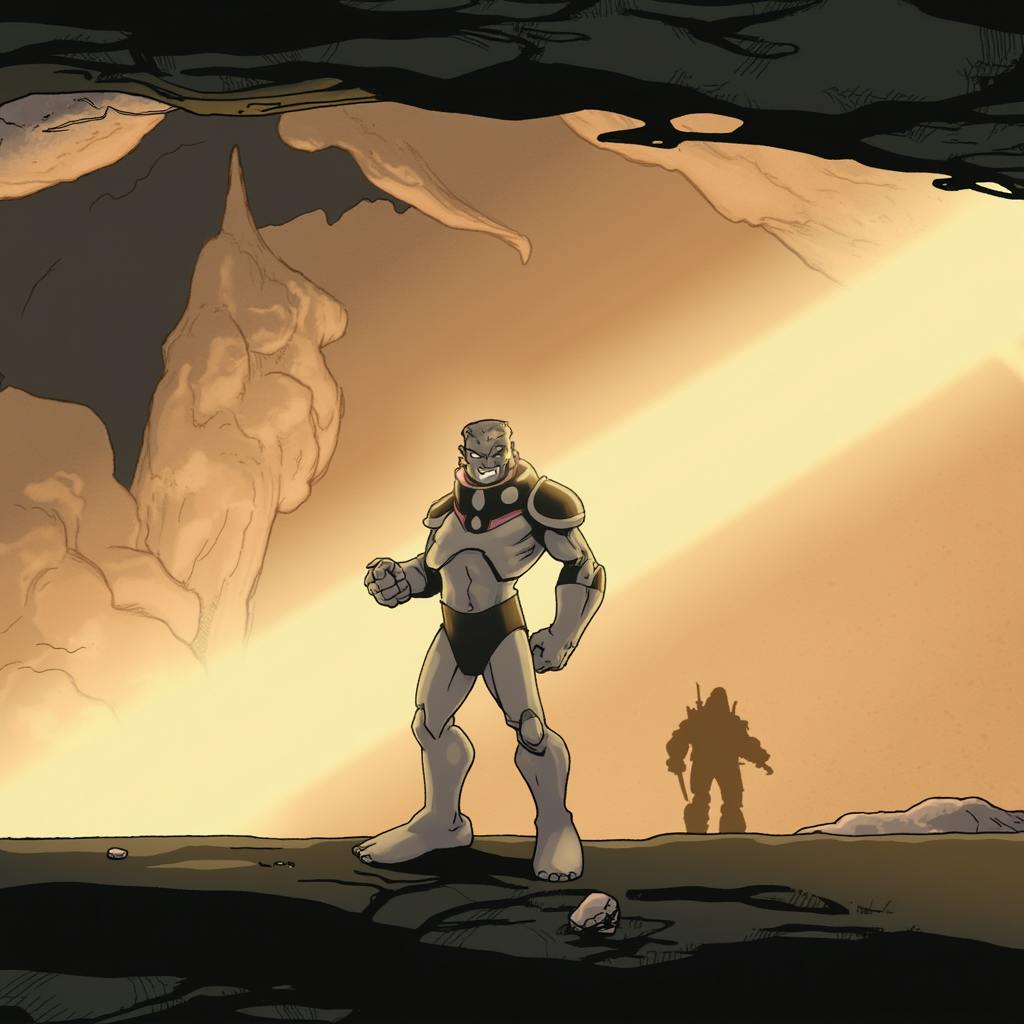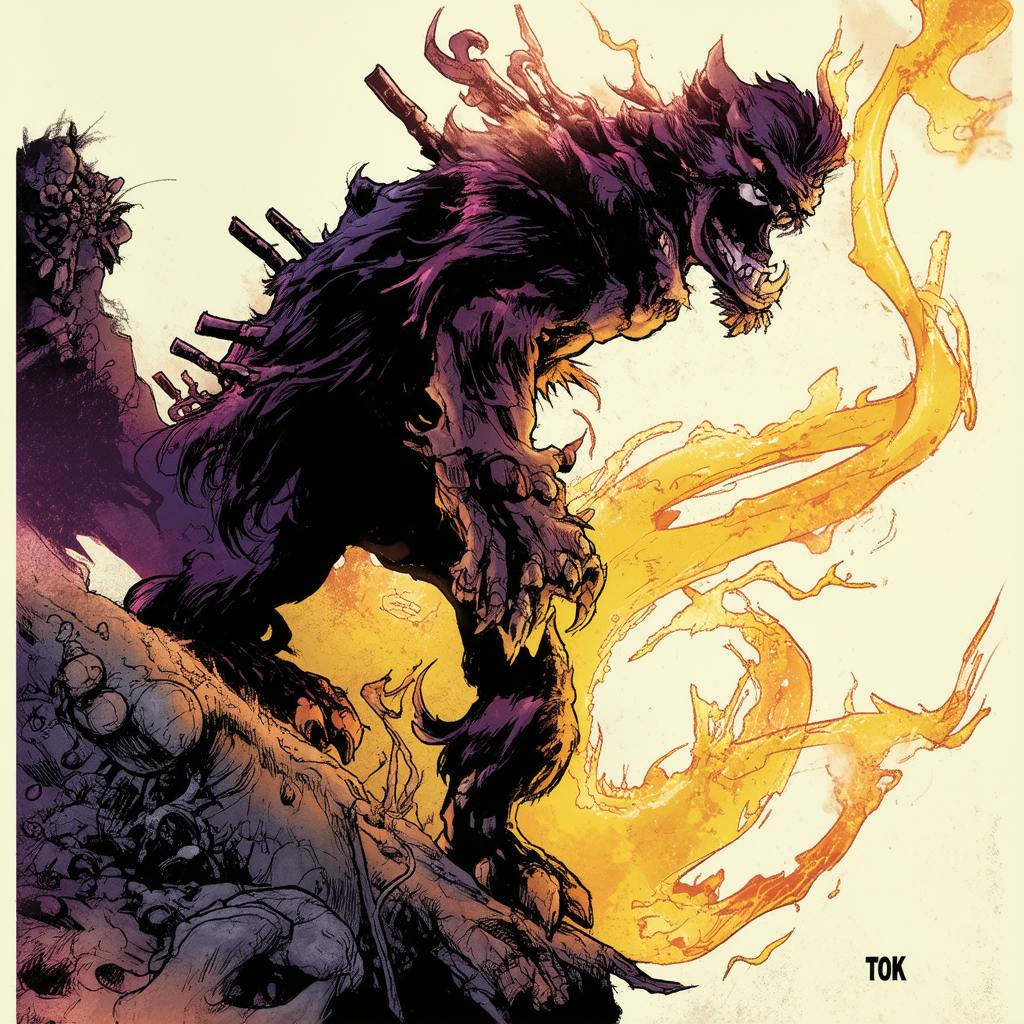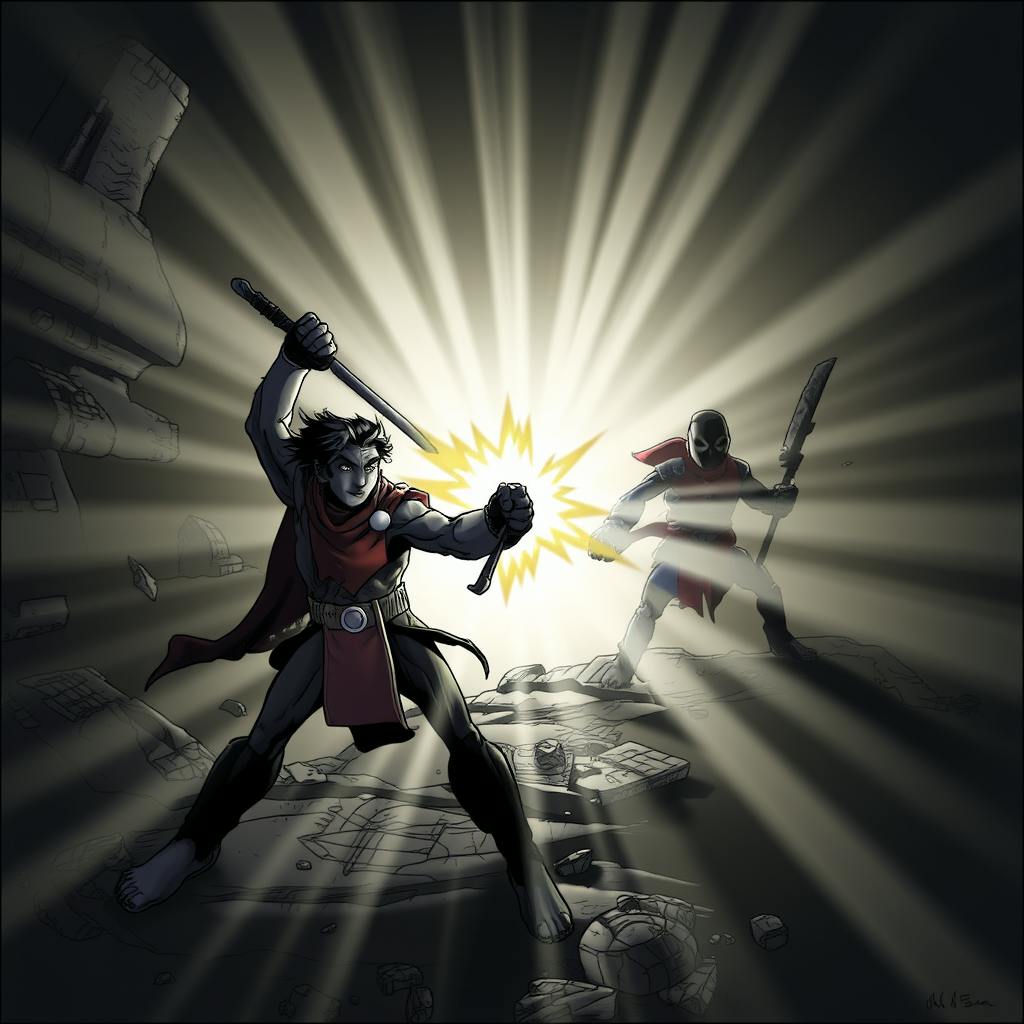Motion design stands out as an essential and captivating discipline. It involves the art of animated visuals, bringing static graphics to life, and presenting information in a dynamic way. As both an expert and an aficionado in this field, I find motion design intriguing not only for its ability to engage audiences but also for its diverse applications across media and platforms. Whether you're a budding motion graphics designer or simply looking to learn motion design, understanding its nuances is crucial for establishing a compelling presence in the digital age.
What is Motion Design?
Motion design combines graphic design with animation, creating stunning visuals that communicate messages effectively. At its core, it involves the use of text, graphics, and video footage, animated to create an engaging narrative or visual experience. This unique combination makes it an indispensable tool for everything from advertising campaigns to educational content, and even in the realms of film and gaming. As a motion graphics designer, mastering this art form allows you to craft immersive experiences that captivate and inform.
Why Learn Motion Design?
- Creative Expression: Motion design provides unparalleled opportunities for creative expression. By animating graphics with precision and flair, designers can evoke specific emotions, tell stories, or deliver complex messages in an easily digestible format.
- Career Opportunities: In the digital age, the demand for skilled motion designers is booming. Industries ranging from entertainment to corporate sectors require motion design to engage audiences and convey information in memorable ways. This demand translates to exciting career prospects for those who choose to hone their skills as motion graphics designers.
- Versatility: One of the key advantages of motion design is its versatility. The skills you acquire can be applied to various types of content, be it web design, app interfaces, television broadcasts, or social media campaigns. Learning motion design equips you with a robust toolkit, enabling you to adapt to different projects and mediums with ease.

AI made with Jordan Kotzebue
Key Elements of Motion Design
- Animation Techniques: Understanding fundamental animation principles is essential for crafting smooth and impactful motion graphics. Techniques such as keyframing, timing, and easing contribute significantly to the flow and style of the final product.
- Typography: Text can often be the main conveyer of a message. Thus, motion designers must master the art of typography in motion—using animated text to draw attention and maintain clarity.
- Color Theory: Effective use of color can transform simple graphics into emotive and compelling visuals. Motion designers need to understand how color choices affect mood and perception.
- Sound Design: While primarily a visual medium, motion design becomes more effective when paired with the right audio. A well-integrated soundscape can elevate the impact of the visual content and enhance viewer engagement.
Frequently Asked Questions
How Do I Get Started with Learning Motion Design?
Start by familiarizing yourself with graphic design principles and software such as Adobe After Effects, which is widely used in the industry. Online tutorials, courses, and workshops can also provide a structured path to learning motion design.
Is Coding Necessary for Motion Design?
While basic knowledge of coding, especially in languages like JavaScript, can be beneficial, it is not strictly necessary for motion design. Most modern design tools offer comprehensive features that allow designers to create intricate animations without coding.
How Can I Stay Updated with Motion Design Trends?
Engage with the motion design community through online forums, webinars, and networking events. Following industry leaders on platforms like Behance or Dribbble can also provide insight into emerging trends and techniques.
FAQ: Motion Design
Motion design, also known as motion graphics design, is a field that combines graphic design principles with animation and filmmaking techniques. It is an increasingly crucial component in the realms of multimedia, marketing, entertainment, and user interface design. Below, I will address several frequently asked questions regarding motion design, providing insights into its significance, tools, techniques, and contributions to visual projects.
What is motion design and why is it important?
Definition
Motion design is the art of applying graphic design principles to create animated or moving graphic elements. It serves to enhance narratives, clarify complex ideas, or add aesthetic diversity to any form of visual media. By blending imagery, typography, and video, motion design can transform static elements into dynamic sequences that captivate and engage audiences.
Importance
- Engagement: In an age where attention is a premium commodity, motion design captures and retains viewers' attention through movement and storytelling.
- Communication: It breaks down complex information into more digestible and memorable visual formats, making it a vital tool for education and advertising.
- Brand Building: Consistent, high-quality motion graphics can reinforce brand identity, making it more recognizable and relatable.
- Versatility: From commercials to film credits, social media content to UI animations, the applications of motion design are broad and impactful.

AI made with Jordan Kotzebue
Which tools and software are typically used in motion design?
Motion designers utilize a wide range of software to bring their visions to life. Some of the most popular tools include:
- Adobe After Effects: A staple in the motion design industry, After Effects is renowned for its wide array of features for creating complex animations and visual effects.
- Cinema 4D: Known for its robust 3D modeling, rendering, and animation capabilities, it’s often used for more elaborate and high-quality projects.
- Blender: An open-source alternative to Cinema 4D, offering equally powerful 3D modeling and animation features.
- Adobe Premiere Pro: While primarily a video editing tool, it is often used in conjunction with After Effects for motion graphics projects.
- ToonBoom Harmony: Ideal for 2D animations, particularly when a hand-drawn animation style is desired.
- Sketch and Figma: These are primarily used for UI/UX design but have animation capabilities that lend themselves well to designing interactive elements.
What are some techniques used to bring graphics to life in motion design?
To create compelling motion graphics, designers employ various techniques, including:
- Keyframing: This involves setting start and end points for any animation, allowing smooth transitions and movements within the scene.
- Easing: Adjusting the speed of animations as they start and stop to create more natural movement.
- Layering and Compositing: Combining multiple elements (images, videos, texts) into a single frame, allowing for more complex animations and storytelling.
- Masking and Tracking: Techniques used to isolate or link elements in a scene, essential for achieving seamless integration within live-action footage or complex animated compositions.
- 3D Animation: Utilizing 3D models and environments to create depth and realism.
- Motion Paths: Defining a specific route for an object to follow, useful for creating dynamic and flowing animations.
How does motion design contribute to the overall visual appeal in design projects?
Motion design enhances the visual appeal of projects by:
- Adding Depth and Dimension: Through the use of layers and movement, motion graphics can provide a sense of depth that static images lack.
- Enhancing Storytelling: Motion design helps convey emotions and narrative more effectively, making stories more engaging and memorable.
- Improving User Experience (UX): In digital interfaces, motion can guide the user's attention, provide feedback, and streamline interactions, resulting in a more intuitive experience.
- Creating Consistency and Cohesion: Animated elements can unify different parts of a project, bringing a cohesive visual style that aligns with the project’s goals and branding.
- Inspiring Creativity: Motion graphics encourage creative exploration by adding layers of interactivity and surprise that static designs cannot offer.
Conclusion
In summary, motion design is the art of animating graphics to communicate messages effectively and artistically. This versatile discipline offers unparalleled creative expression and exciting career opportunities for those willing to invest in learning the craft. By mastering key elements such as animation techniques, typography, color theory, and sounddesign, aspiring motion graphics designers can create compelling visuals that resonate with their audiences. As technology continues to evolve, motion design will remain a critical tool for bridging the gap between visuals and storytelling, ensuring that graphics truly come to life.

